If you’re wondering if you can paint PVC trim, the answer is yes – but there are a few things you need to know before you get started. In this comprehensive guide, we’ll answer common questions about painting PVC and provide helpful tips to make the process go as smoothly as possible. So whether you’re planning to give your trim a fresh new coat of paint or want to switch up the color altogether, read on for all the information you need!
What is PVC Trim?
PVC trim is a type of plastic trim that is used for a variety of applications, both inside and outside the home. PVC stands for polyvinyl chloride, which is the material that the trim is made from. PVC trim is an attractive and durable option for many homeowners because it doesn’t rot, warp, or crack like other materials (such as wood). It’s also low-maintenance and easy to clean – two more reasons why it’s such a popular choice!
PVC trim comes in a variety of colors and styles, which means you can find an option to suit any home. It’s also relatively easy to work with, making it a good choice for do-it-yourselfers. You can cut PVC trim with standard woodworking tools, and it can be glued, screwed, or nailed into place. [1]
Pros of PVC Trim
PVC trim is a great building material for many reasons. It’s weather resistant, it doesn’t rot, and it’s easy to install. Plus, PVC trim is paintable! This means that you can customize the look of your home without having to replace all of the trim.
One of the best things about PVC trim is that it takes paint well. You can use any type of paint on PVC trim, and it will adhere just as well as it would to wood or other materials. This makes painting PVC trim a great way to add a pop of color to your home’s exterior without having to do a lot of extra work.
Another pro of painting PVC trim is that it’s low maintenance. Once you paint your trim, you don’t have to worry about repainting it for a long time. PVC trim is also very easy to clean, so you won’t have to spend a lot of time maintaining it.
Painting PVC trim can be a great way to add value to your home. If you’re thinking about selling your home in the future, painting the trim can make it more attractive to potential buyers. Plus, if you paint the trim yourself, you’ll likely save money on the overall project.
PVC trim is a versatile material that can be used for a variety of projects. Whether you’re looking to add some color to your home’s exterior or want an easy-to-maintain building material, PVC trim is a great option. [1]
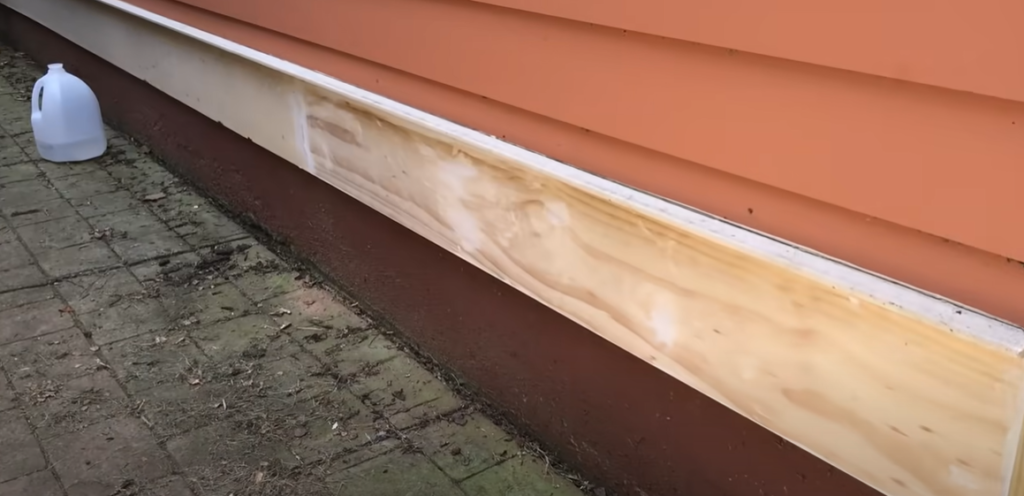
Cons of PVC Trim
While there are many benefits to PVC trim, there are also a few drawbacks that you should be aware of:
- PVC trim is not as strong as wood. While it is still durable, it can be damaged more easily than wood.
- PVC trim is not fireproof. If you live in an area with high fire risk, this may not be the best option for you.
- PVC trim can yellow over time if exposed to sunlight. This may not be a problem if the trim is painted, but it is something to keep in mind.
Overall, PVC trim is a great option for those looking for a low-maintenance material that will still look good after years of use. [1]
Things You Will Need
- Clean rags
- Dish soap
- Sponge
- Bucket
- Putty knife (optional)
- Stiff brush (optional)
- PVC primer (if needed)
- Latex paint [2]
Spray-Painting PVC Trim
Remove and Clean the Trip
Before you can paint your PVC trim, you need to remove it from the wall. To do this, use a putty knife or another type of pry tool to gently loosen the trim from the wall. Once it is loose, carefully pull it away from the surface.
Next, clean the trim with soapy water and a scrub brush. This will help remove any dirt or grime that could prevent the paint from adhering properly.
Finally, wipe down the trim with a damp cloth to remove any dust from sanding. [2]
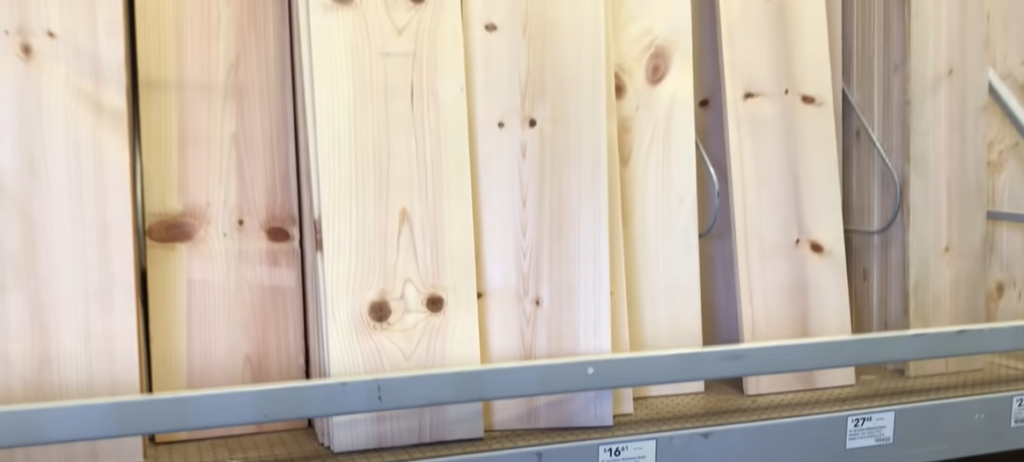
Sand the Surface
The first step is to sand the surface of the PVC trim. You want to create a smooth surface for the paint to adhere to. A power sander will make quick work of this task. If you don’t have a power sander, you can use sandpaper. Just be sure to sand in the same direction as the grain of the PVC trim.
Once you’ve sanded the surface, wipe away any dust with a tack cloth or a damp rag. Then, you’re ready to prime and paint your PVC trim! [2]
Apply a Primer
If you’ve decided to paint your PVC trim, the first step is to apply a primer. This will help the paint to adhere better and also provide a good base for the topcoat of paint. You can use any type of primer that you like, but make sure it is compatible with PVC. Once the primer is dry, you can start painting. [2]
Paint the Trim
Painting PVC trim is definitely possible. In fact, many people recommend it as a way to achieve the best-looking results. The key is to use the right type of paint and primer, and to follow all the necessary steps for preparing the surface before you start painting. [2]
Brush-Painting PVC Trim
Remove and Clean the Trim
Before you start painting, you need to remove the old paint from the trim. You can do this by sanding or using a chemical stripper. We recommend sanding because it is less toxic and more environmentally friendly. Once the old paint is removed, clean the surface with a degreaser to remove any dirt or grime. [2]
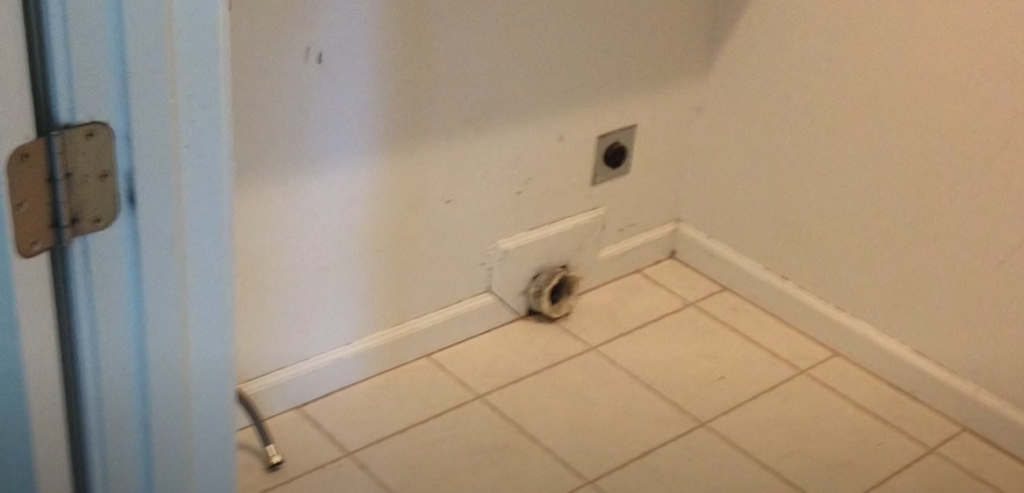
Sand the Trim
To ensure a smooth finish, you’ll need to sand the trim before painting it. You can use fine-grit sandpaper for this purpose. Just make sure to go over the entire surface of the trim so that there are no rough spots.
Once you’re finished sanding, wipe down the trim with a damp cloth to remove any dust. Then, let it dry completely before proceeding to the next step. [2]
Apply a Primer
If you have decided to paint your PVC trim, the first step is to apply a primer. This will help the paint to adhere properly and create a smooth surface. Be sure to use a primer that is specifically designed for plastic or PVC. Once the primer is dry, you can begin painting. [2]
Paint the Trim
You can paint PVC trim, but you’ll need to use the right type of paint. Regular latex paint won’t adhere well to PVC, so you’ll need to use a special type of paint that’s made specifically for plastic surfaces. Look for a product that says “for plastic” or “adheres to plastic” on the label. You may also need to sand the surface before painting it in order to help the paint adhere better. Once you’ve chosen the right type of paint, follow the manufacturer’s instructions for application and drying times. [2]
Which Paints Are Best for PVC Trim?
Acrylic Latex Paint
Acrylic latex paint is the most common type of paint used on PVC trim. It has good adhesion and flexibility, which helps it resist cracking and peeling. Acrylic latex paint also has excellent durability, making it a good choice for high-traffic areas.
If you’re painting PVC trim for the first time, we recommend using an acrylic latex primer before applying the topcoat. This will help ensure that the final finish is smooth and even. [1]
Paints to Avoid
Before we get into the best paints for PVC trim, it’s important to know which types of paint you should avoid. Water-based latex and acrylic paints are not ideal for use on PVC trim, as they can cause the material to warp and discolor. Instead, opt for oil-based paints or specially formulated PVC trim paints. These types of paint will adhere better to the surface and provide a more durable finish. [1]
Common PVC Trim Problems
One of the most common problems with painting PVC trim is that the paint doesn’t adhere well to the surface. This can be caused by a number of factors, including improper cleaning or priming of the surface. Make sure that you thoroughly clean the trim with a mild detergent and allow it to dry completely before painting. Once you’ve cleaned and dried the trim, apply a primer designed for use on PVC.
Another common problem is that paint can flake or peel off of PVC trim. This is usually caused by using a paint that isn’t compatible with PVC, such as oil-based paint. Make sure to use a latex-based paint specifically designed for use on PVC when painting your trim.
Finally, be aware that some paints may not provide adequate UV protection for PVC trim. This can cause the trim to become discolored or faded over time. Choose a paint with built-in UV protection to help prevent this problem. [3]
Understanding LRV
The light reflectance value (LRV) is a number that indicates how much light a color reflects. The LRV scale goes from 0-100, with 0 being black and 100 being white. A color with an LRV of 50 will reflect half as much light as a color with an LRV of 100.
So, what does this have to do with painting PVC trim? Well, the lower the LRV of a paint color, the more likely it is to show imperfections in the surface it’s applied to. That’s why dark colors are generally not recommended for use on PVC trim – they just highlight all the little bumps and scratches that you might not have even noticed before! [3]
Adding Finishing Touches to the Job
Once the trim is installed, you can add your finishing touches to the job. A good way to finish off the job and give it a more polished look is to install PVC end caps. End caps can be found at most hardware stores and come in a variety of colors to match your trim. You can also find them online. Another option is to use caulk or sealant around the edges of the trim for a more finished look.
PVC trim is a great material for many different applications both inside and outside your home. It’s durable, low-maintenance, and easy to work with. [3]
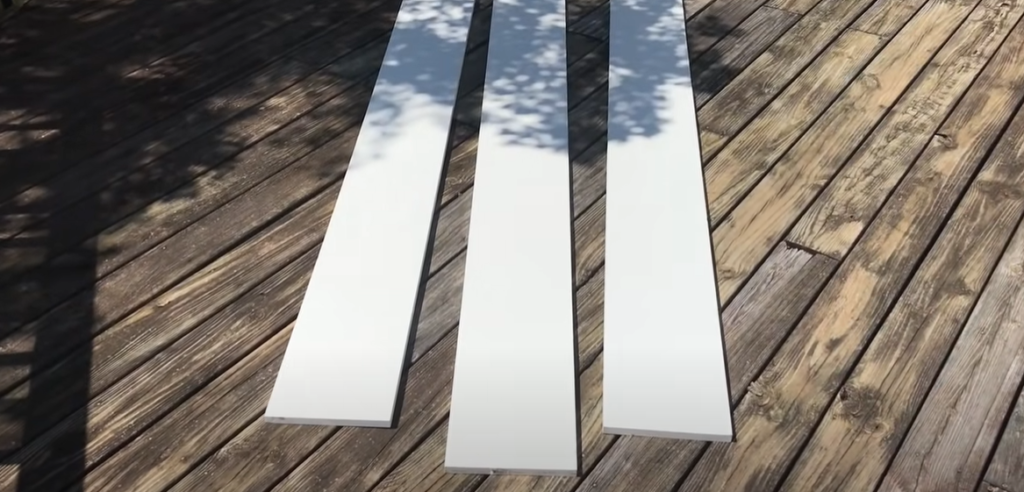
FAQ
Do you have to Prime PVC trim before painting?
If the trim is new, you won’t need to Prime it. If the trim is older or has been exposed to the elements, you may want to consider priming it before painting.
How do you prepare PVC trim for painting?
The first step is to clean the surface of the trim. You can do this with a mild detergent and water solution. Once the trim is clean, you will need to sand it down to create a smooth surface for painting. If there are any gouges or damage to the trim, you will need to repair these before painting.
Once the trim is cleaned and sanded, you will need to apply a primer. This will help the paint adhere to the PVC surface and also provide a barrier against moisture. You can use either an oil-based or latex primer for this purpose.
What is the best primer for PVC trim?
The best primer for PVC trim is a product that will adhere well to the surface and provide a good base for paint. There are many primers on the market that are specifically designed for use on PVC, so be sure to read the labels carefully before making your purchase.
If you’re not sure which primer to choose, ask a sales associate at your local home improvement store for help. They should be able to point you in the right direction and help you find the perfect product for your project.
Do you have to paint interior PVC trim?
No, you don’t have to paint interior PVC trim, but it’s a good idea. Painting trim will give your room a finished look and protect the trim from wear and tear.
Can you paint PVC trim a dark color?
One of the most common questions we get about painting PVC trim is whether or not it can be done. The answer is yes, you can paint PVC trim, but there are a few things to keep in mind.
For one, because PVC is an oil-based product, it doesn’t accept paint as well as other materials like wood. This means that you’ll need to use a primer specifically designed for PVC before painting. You should also use a high-quality exterior paint designed for durability when painting PVC trim.
Can I paint PVC with latex paint?
Yes, you can paint PVC with latex paint, but it’s not as straightforward as painting other materials. For one thing, because PVC is so smooth, it can be difficult to get the paint to adhere properly. You’ll need to sand the surface of the PVC before painting it to help the paint stick better. In addition, because PVC is a plastic material, it can “outgas” chemicals that can affect the performance of your paint job. To minimize this problem, you should use a high-quality primer designed for use on plastics before painting your PVC trim.
Useful Video: Can I Paint PVC Trim
Conclusion
So, can you paint PVC trim? Yes, but it’s not as easy as painting other materials. You’ll need to take some extra steps to ensure that the paint adheres properly and doesn’t get affected by chemicals from the PVC. But with a little extra effort, you can achieve a great looking paint job on your PVC trim. Thanks for reading!
We hope this article has been helpful in answering your question.
References:
- https://paintstrategies.com/painting-pvc-trim/
- https://homeguides.sfgate.com/paint-pvc-trim-dark-colors-33737.html
- https://melissavickersdesign.com/blogs/interior-design/can-you-paint-pvc-trim#


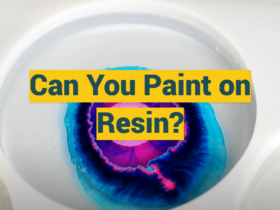

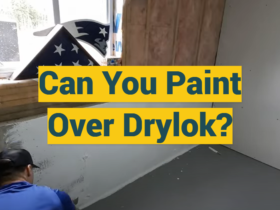
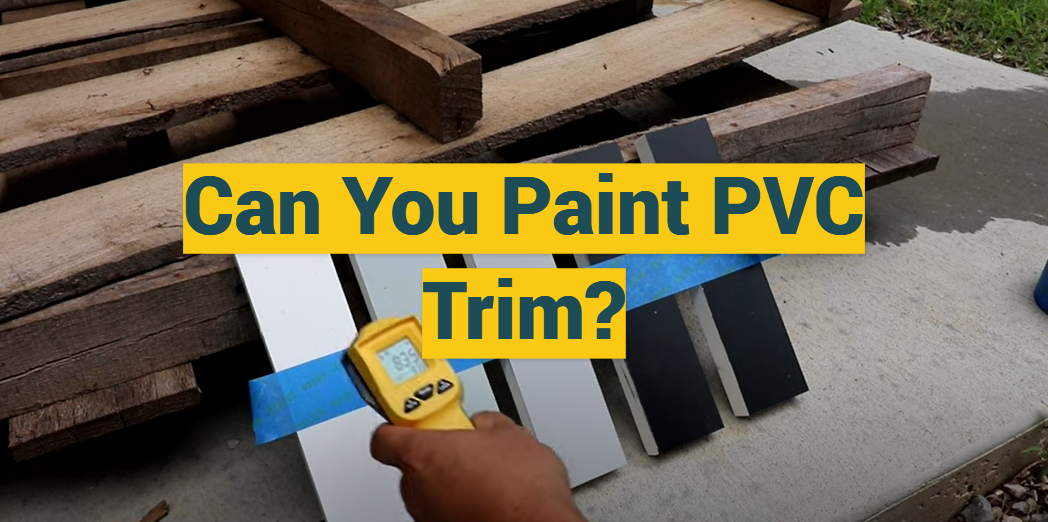




Leave a Review